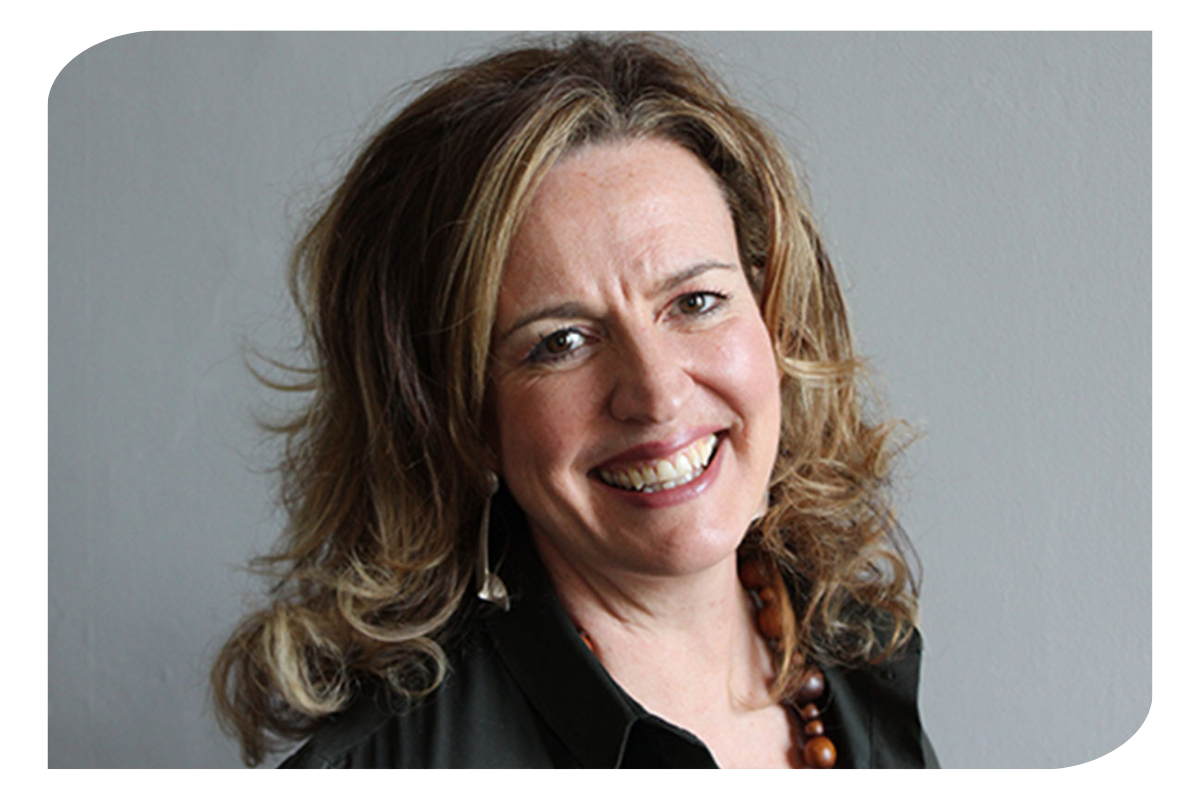
30 Mar 2022
By Alison McRae, Senior Director of Glasgow Chamber of Commerce
How refreshing to see Glasgow recently named as most resilient UK city in the face of the pandemic. This positive outcome, taken from an economic vitality index of 15 major cities, is largely due to our concentration of local businesses as well as a relatively stable jobs market.
However, Glasgow has had a particularly arduous path these last couple of years with recent criticism about the core fabric of the city. There is work to be done – there is no denying that – and our members have been front of foot to raise this. Hence the acknowledgement, which recognises the true grit and determination of our city’s value and economic model, followed in quick succession by the reopening of the Burrell Collection, is welcomed news. It has often been said that the opening of the site in 1983 sparked the regeneration as a major cultural city. Indeed, this moment, after recent times, couldn’t be more apt as a symbolic means of rejuvenation for the city’s economy.
Last week, I had the privilege of getting a sneak peak in anticipation of the Burrell reopening yesterday after it being closed to allow the £68.25 million refurbishment to take place.
The Burrell Collection – featuring a colossal 9,000 objects garnered by Sir William and Constance Lady Burrell over a period of nearly 75 years – has one of the worlds’ greatest personal art collections.
The iconic building, designed originally by Barry Gasson, has been made more accessible by the work of John McAslan and Partners. The development has included increasing gallery space by 35% and a total of 225 displays are now spread across 24 galleries, using digital elements including video walls and interactive features to allow visitors to engage with the stories behind the artefacts.
The refurbishment boasts a greener museum with more sustainable construction techniques making the building more energy efficient, and a full services and energy strategy has been implemented by Atelier 10.
The space itself features a wonderful juxtaposition of open and intimate environments with the surrounding glass bringing in swathes of light and shades of green from the surrounding park. This is particularly noticeable in the café area which now spills out into the garden allowing an accessible ebb and flow of visitors.
It certainly has a global city asset feeling with its interior showing exposed concrete pillars against wooden floors and a light airiness which all combine to stand strong amongst some of the other global greats such as MOMA or the Tate. It is indeed a good news story and another reason to silence the naysayers of Glasgow
During the refurbishment, the Glasgow Life team cleverly engaged with world cultural partners to showcase certain artefacts on a global scale. The Wagner, for example, featured in the Met in 2018, while some of the ambassadors from the Impressionists’ Collection toured in Japan during 2019-20. Through these relationships, the Burrell continued to be a beacon of potential prospects and partnerships, drawing new audiences which would ultimately have an affiliation with Glasgow as a result.
Glasgow’s Tourism and Visitor Plan, the framework for the city’s tourism ambitions, runs to 2023 and looks to prioritise positioning the city’s cultural tourism offer in key UK and international markets. The Burrell Collection highlights the important role that partnerships can play as part of those efforts and is estimated to contribute around £15 million per year to the Scottish economy. Those estimates are based on the anticipated annual visits of about 400 thousand visitors, with approximately two thirds from Glasgow and Scotland and a third from wider UK and international.
In line with the Burrell Collection, ongoing asset investment and development will be vital. The next iteration of SEC is thundering down the corridors of decision makers as the next key investment proposition which will undoubtedly make a further shift in the global gravitas of Glasgow as the city continues on its transformative and resilient journey.
This article was first published in The Herald on Wednesday 30 March 2022